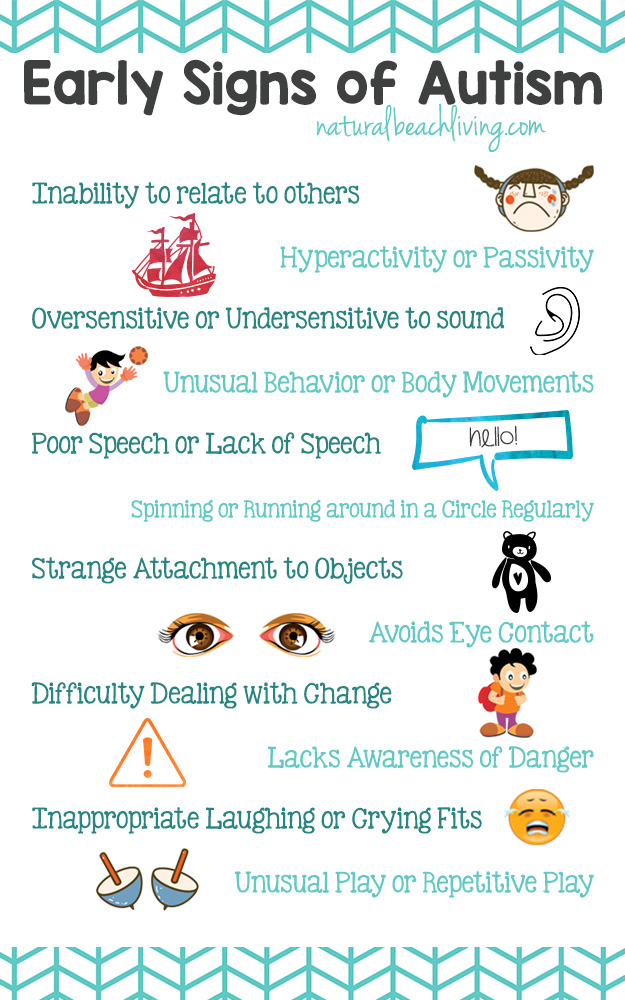5 Autism Actions Intervention Methods
Whether you're a parent, instructor, health care professional, or merely an interested participant of the area, there's always even more to find out about autism and the varied means it shows up. Early intervention and medical diagnosis are important for sustaining individuals with autism. The quicker autism is recognized, the earlier proper support and treatments can be carried out. This can make a significant difference in a youngster's growth and lasting outcomes.
At What Age Do Kids Reveal Indications Of Autism?

How To Assist With Your Autistic Child's Behaviour

- Numerous autistic children make use of a collection of behaviours to aid them manage their emotions and make sense of their environment.Applied Habits Evaluation (ABA) is among the most effective interventions to transform actions, and it is backed by evidence-based study.Healthcare and service providers, teachers, researchers, and policymakers can use ADDM Network data to notify fair appropriation of solutions and support for children with ASD and their households.Testing behavior is behaviour that has adverse impacts on autistic children and teenagers and other people around them.In 2018, ASD prevalence per 1,000 children aged 8 years differed across the 11 ADDM Network sites, ranging from 16.5 in Missouri to 38.9 in California.
Examples of team topics include oppositional bold problem, moms and dads of youngsters with ADHD, and pyromania. Dr. Casey Clay, director of the Habits Program at the Thompson Autism and Neurodevelopmental Center at CHOC, explains 5 of the most common misunderstandings regarding autism and behavior. You'll find out healthy autism habits treatment techniques for challenging habits. Recognizing these sensory level of sensitivities in autism is important, as they can influence various aspects of a child's life, including their experiences in your home, school, and social settings.
This can take a while - your kid or teen may need to construct a feeling of trust and security with the mental health expert Browse around this site prior to they prepare to make any type of significant adjustments. Methods to attend to difficult behaviors in children with autism entail several aggressive strategies. Positive support plays a critical role by encouraging preferable actions while minimizing unfavorable comments. This can include offering praise for successfully completing tasks, which fosters a sense of skills.A neurotypical 12-year-old must have the ability to enthusiastically give thanks to a grandparent for a gift they do not truly want. Autistic kids often show up premature for their age; an autistic teen may behave like a much more youthful kid. Troubles with social communication can make it hard for an autistic kid to tell when their activities may be hurtful. When it pertains to supporting individuals with ASD, there's no one-size-fits-all strategy. Rather, it's about creating a toolbox of strategies that can be customized to each person's one-of-a-kind demands and strengths. As people with ASD go into the adult years, they face brand-new difficulties connected to independence, employment, and connections. Some adults might exhibit child-like habits, which can be misconstrued by those unfamiliar with ASD. It is essential to remember that these actions are not an option or an indication of immaturity, however rather a symptom of their one-of-a-kind neurology. At the heart of ASD exist a number of core behavior features that, while usual, reveal in a different way in each individual.